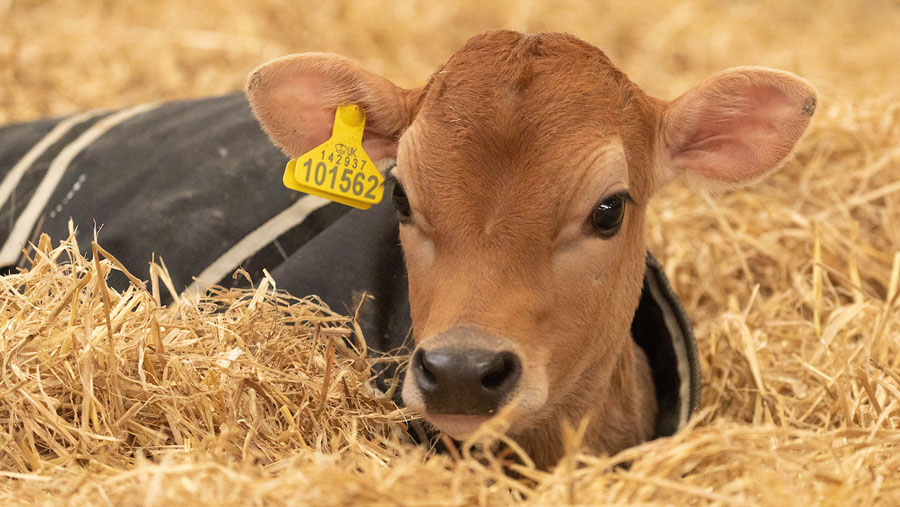Why calf cough is unreliable as early warning for pneumonia
 © Tim Scrivener
© Tim Scrivener Waiting for clinical symptoms to diagnose respiratory diseases in calves may mean many cases go undetected and untreated, according to research from the US.
Health plans are largely focused on preventing pneumonia. However, where the disease is already present, early detection and treatment pre-weaning are essential for minimising damage to the respiratory system and maximising the production potential of calves entering the herd.
See also: How scanning can detect early pneumonia in calves
Terri Ollivett, veterinary epidemiologist at the University of Wisconsin, said that while coughing is often a key indicator of the presence of pneumonia, it is not a good early-warning tool.
Ultrasound scanning of lungs is common practice in the US and so she carried out an analysis of routine scanning data collected over three years from a herd where subclinical pneumonia was a significant problem.
The unit was scanning every calf between 10-35 days of age on a weekly basis.
Dr Olivett’s analysis focused on the relationship between lung scores given during the ultrasound – based on consolidation levels – and calves with a cough.
Calves were scanned and given a lung score of 0-5, with 0 being completely normal and 5 being the most severe cases of bacterial pneumonia.
Lung scores
0 = Normal
1 = Possible bacterial pneumonia
2 = Presence of a patchy ‘lobular’ pneumonia
3 = One lobe entirely consolidated
4 = Two lobes entirely consolidated
5 = Three or more lobes entirely consolidated
Source: University of Wisconsin School of Vet Medicine
A total of 117 calves received a score of 5 over this period, but just 18% displayed evidence of a physical cough.
This led her to conclude that if calves did cough, an ultrasound scan was likely to show they had consolidated lungs. However, if they did not cough, this could not, and should not, be used to rule out severely consolidated lungs.
“Therefore, if we’re looking for something to be a good early indicator of respiratory disease in calves, coughs are not it. If you’re waiting to treat calves until they’re coughing, you’re waiting too late.”
The WeanClean approach
With 50-80% of cases of pneumonia likely to be subclinical for seven to 14 days before clinical symptoms are displayed, veterinary epidemiologist Terri Ollivett has pioneered an approach called WeanClean.
This involves the use of lung ultrasonography to check calves for lung lesions well before clinical symptoms are likely to be displayed.
The aim is to measure lung disease at weaning and administer treatment, if needed, so producers can wean their animals with clean and healthy lungs.
The approach involves carrying out ultrasounds at four strategic points:
- Start of weaning: Observe and record how many calves have pneumonia at the start of weaning. Goal: <15%
- Start of treatment: Observe and record how many score >3 or <2 after their first treatment. Goal: <15% score >3
- 7-10 days after treatment: Observe and record how many score >2 after their first treatment. Goal: <15%
- 12×7 scans: Starting at seven days old, scan 12 calves at seven-day intervals to find high-risk age groups in the herd.
Source: University of Wisconsin School of Vet Medicine
Terri Ollivett was speaking at the recent TotalDairy Conference, 23-24 November 2022, in Stratford-upon-Avon
